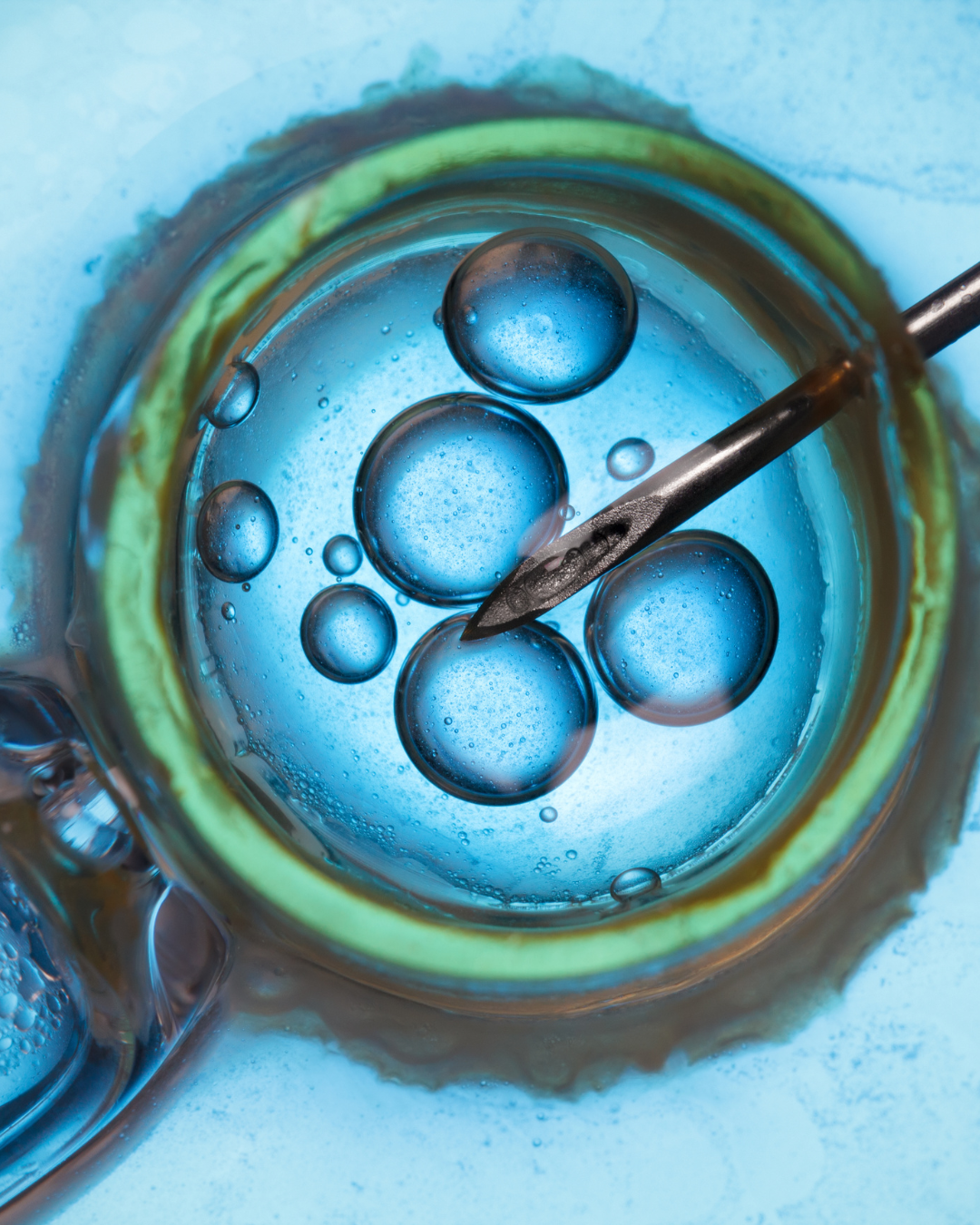Decoding Egg Health: What Quantity and Quality Mean for Fertility

Understanding egg quantity and quality is crucial when it comes to assessing a woman’s fertility. These two factors play a significant role in determining the likelihood of a successful pregnancy, yet they are often misunderstood. In this blog, Dr. Jeff Klein, reproductive endocrinologist and fertility specialist who practices at the Mount Kisco and White Plains offices, will explore how egg quantity and quality impact fertility and what they can tell us about a woman’s reproductive health.
A woman’s reproductive potential often comes down to the number and quality of their eggs. So how does one assess egg quantity? It should be noted that the ovaries, like all organ systems, can age at variable rates. There are older reproductive aged women who have good egg numbers, or “ovarian reserve”. Conversely, younger women can present with low egg reserve. So how does one test for ovarian reserve? One commonly used blood test checks for levels of Antimullerian hormone or AMH. This can be done at any point in a woman’s reproductive cycle and is considered normal when over 1.0ng/mL. However, this assay should not be construed as black and white. Women with levels slightly below normal can still have a good prognosis, and women with levels in the low-normal range may still want to factor in these borderline AMH levels in reproductive planning. However, generally speaking, the higher the better. It should be noted that the rate of decline of eggs is not linear, and at some point in a woman’s reproductive life there is an acceleration of egg loss (note: women are born with their full cohort of eggs which are gradually depleted since before birth). This means that occasionally a very high AMH can drop quickly, while a lower AMH level can stay stable for many months or even years. Therefore, an assessment of egg reserve is a snapshot in time that tells you how many eggs you have now; it is not designed to predict how many eggs you will have far down the road.
In addition to AMH, baseline hormones - estrogen and FSH - tested on the second or the third day of the menstrual cycle can complement the AMH levels. It should be noted that a lower FSH is considered normal. The normal range can vary from lab to lab but <10-15mIU/mL in most centers is normal. An assessment of FSH should be accompanied by a low estrogen level, since elevated estrogen can suppress FSH and give you a false read.
Another important marker of ovarian reserve is how the ovaries look on ultrasound. Both the size of the ovaries as well as follicle numbers, the fluid sacs that contain the eggs, can be assessed on ultrasound. In fact, one will often hear specialists talk about “antral follicle counts”, which is the number of these fluid sacs one can see on ultrasound. The larger the ovaries and the higher the follicle counts, the better the ovarian reserve.
Of course, egg numbers tell only one side of the story as the prognosis also depends on egg quality. Egg quality is almost entirely dictated by a woman’s age. The younger you are, the more likely eggs and embryos are chromosomally normal. This is why the risk for down syndrome increases as a woman gets older, particularly as she enters hermid thirties and up when the rate of chromosomal abnormalities increases at a higher rate. In fact, most failed pregnancies are due to an abnormal chromosome complement in embryos (which could be due to abnormal sperm as well), and is often the reason miscarriage rates increase with advancing maternal age.
Ultimately, while egg quantity and quality are key aspects of fertility, they only give fertility specialists an idea of a woman’s complete fertility status. A woman’s overall reproductive health is influenced by various factors and understanding these two factors can help guide you in the next steps of your fertility journey. If you have questions or are interested I seeking expert advice on your fertility , please reach out to RMA of New York at 212-756-5777 or 914-566-8900 for our Westchester locations or email [email protected].
